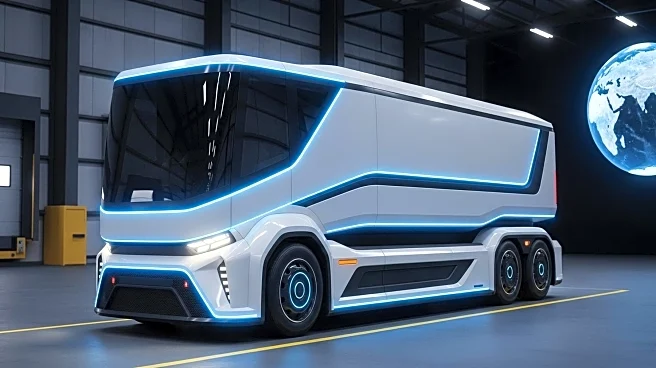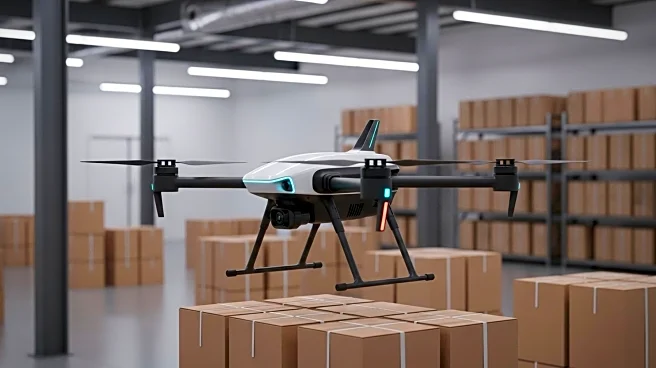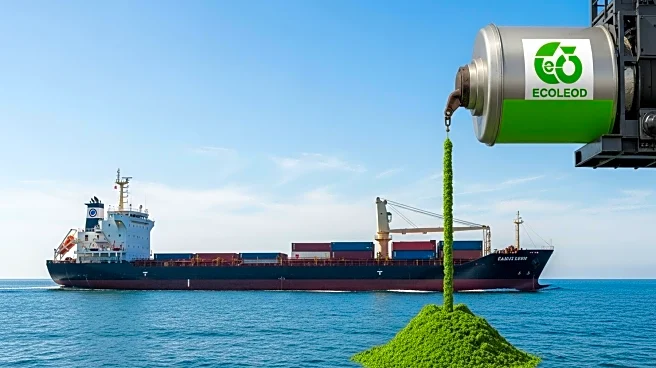What's Happening?
Ambient IoT technology is transforming logistics and supply chains by providing real-time, item-level intelligence through ultra-low-power sensors. These sensors, embedded in packaging and infrastructure, offer continuous data on temperature, location, and movement, enhancing automation and compliance with regulations like the Food Safety Modernization Act. However, the success of Ambient IoT hinges on a scalable power infrastructure, as traditional battery-powered sensors present challenges in maintenance and sustainability. Wireless power networks (WPNs) are emerging as a solution, offering continuous power without the need for batteries, thus enabling sensors to operate efficiently in dynamic environments.
Why It's Important?
The development of Ambient IoT represents a significant advancement in supply chain management and logistics, offering unprecedented visibility and data accuracy. This technology can lead to improved efficiency, reduced waste, and better compliance with regulatory standards. The shift from battery-powered sensors to wireless power networks could lower operational costs and environmental impact, as it eliminates the need for frequent battery replacements and maintenance. Companies that adopt this technology may gain a competitive edge through enhanced data-driven decision-making and operational resilience.
What's Next?
As Ambient IoT technology continues to evolve, the focus will likely be on expanding wireless power infrastructure to support widespread deployment. Regulatory approvals for higher-power wireless systems could further enhance the capabilities of Ambient IoT, allowing for broader coverage and more robust data collection. Companies investing in this technology will need to navigate the challenges of integrating wireless power with existing systems while ensuring compliance with evolving regulations. The success of Ambient IoT could prompt further innovation in IoT applications across various industries.










